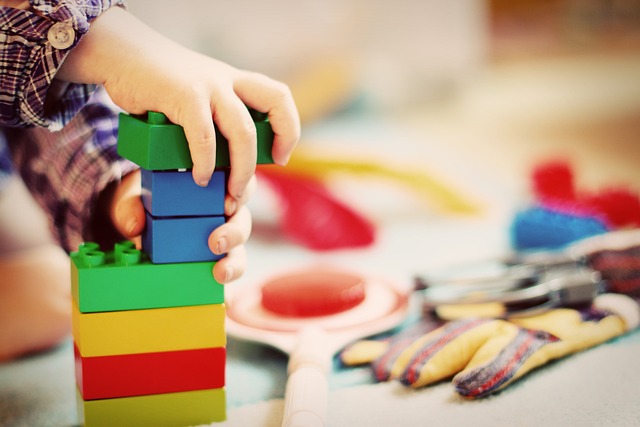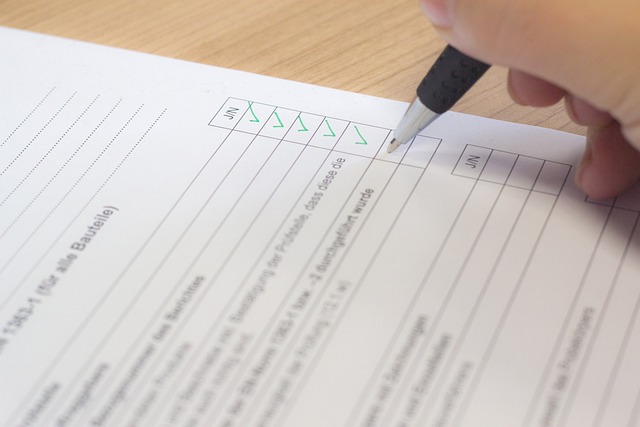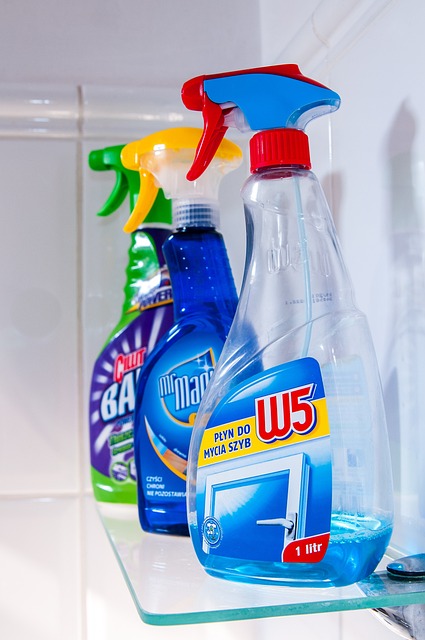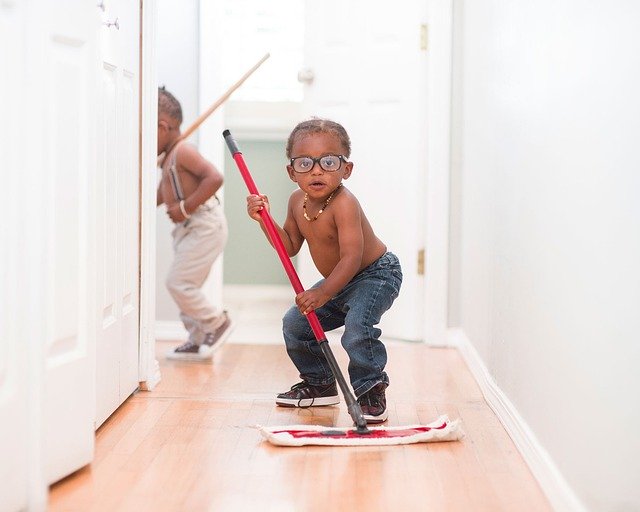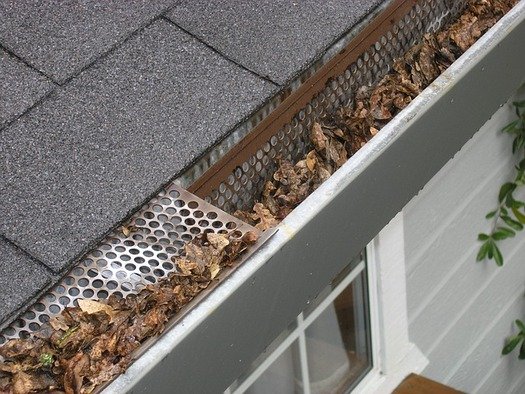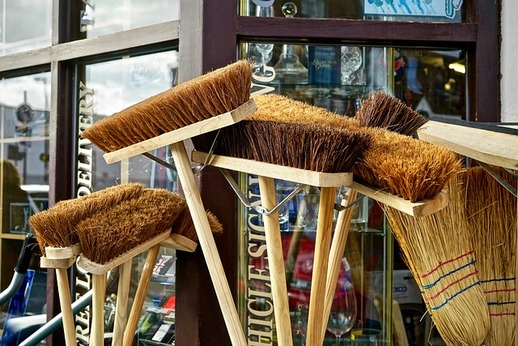As parents, we always want to ensure that our children are safe and healthy. One essential aspect of keeping our little ones protected is maintaining clean and germ-free toys. Children love to explore and interact with their toys, often putting them in their mouths or sharing them with others. Therefore, it is crucial to regularly clean and disinfect their toys to prevent the spread of germs and keep our children healthy.
In this guide on how to clean and disinfect your child’s toys, we will provide you with practical tips and techniques to effectively clean and disinfect your child’s toys, ensuring a clean and safe play environment.
Table of Contents
Why is Cleaning and Disinfecting Toys Important?
Cleaning and disinfecting your child’s toys is not just about maintaining a tidy play area; it is also essential for their health and well-being. Here’s why:
- Germs and bacteria: Toys can harbour germs and bacteria, especially if they are shared with other children or dropped on dirty surfaces. Cleaning and disinfecting toys can help eliminate these harmful microorganisms and reduce the risk of infections and illnesses.
- Immune system development: Children are constantly exposed to new germs, which helps their immune systems develop and become stronger. However, some bacteria can be harmful, especially for younger children or those with compromised immune systems. Regular cleaning and disinfection of toys strike a balance between exposure and protection, allowing their immune systems to strengthen without unnecessary risks.
- Allergens and irritants: Dust, pet dander, and other allergens can accumulate on toys, causing allergic reactions and respiratory problems. Cleaning toys regularly helps remove these potential triggers, creating a healthier environment for your child to play in.
Different Types of Toys and Cleaning Methods
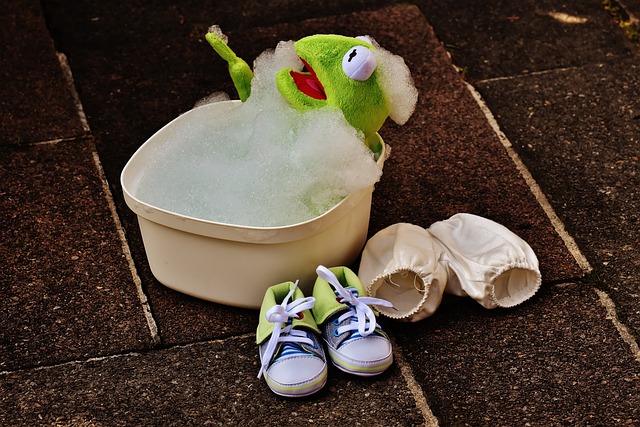
Not all toys are made the same, and their materials can vary greatly. It’s important to choose appropriate cleaning methods based on the type of toy to ensure effective cleaning without damaging them. Here are some common toy types and suitable cleaning methods:
- Plush toys:
- Check the care label: Before cleaning plush toys, check if there are any specific instructions on the care label. Some toys may be machine washable, while others require handwashing.
- Spot cleaning: If the toy is not machine washable, spot cleaning can be done using mild detergent and warm water. Gently scrub any stains or soiled areas with a soft cloth or sponge.
- Drying: After cleaning, allow the plush toy to air dry completely before returning it to your child.
- Plastic toys:
- Soapy water and a sponge: Plastic toys are relatively easy to clean. Prepare a solution of warm water and mild dish soap. Use a sponge or cloth soaked in soapy water to wipe the toys, paying attention to any crevices or hard-to-reach areas.
- Rinse thoroughly: After cleaning, rinse the toys with clean water to remove any soap residue. This step is crucial, as soap residue left on the toys can be harmful if ingested.
- Air drying: Place the plastic toys on a clean towel or drying rack to air dry. Ensure they are completely dry before allowing your child to play with them.
- Wooden toys:
- Surface cleaning: For wooden toys, a gentle surface cleaning is usually sufficient. Use a damp cloth or sponge with mild soapy water to wipe the surface of the toy.
- Avoid excessive water: Wooden toys should not be soaked or submerged in water, as it can cause damage. Make sure to wring out the cloth or sponge well before wiping the toys.
- Conditioning: Occasionally, you can apply a small amount of natural oil, such as coconut or olive oil, to keep the wood moisturized and prevent drying or cracking.
- Bath toys:
- Cleaning after each use: Bath toys are often exposed to water and can accumulate mould and mildew. It’s important to clean them after each use. Rinse the toys thoroughly with clean water and squeeze out any excess water from inside.
- Preventing mould growth: To prevent mould growth, soak the bath toys in a solution of equal parts water and white vinegar for about 15 minutes once a week. Rinse them thoroughly afterwards and allow them to dry completely.
Remember, regardless of the toy type, always read the manufacturer’s instructions for specific cleaning guidelines.
Check out How to Choose the Right Cleaning Products for Your Home
DIY Toy Disinfectant Solutions
While regular cleaning removes dirt and grime from toys, using a disinfectant solution provides an extra layer of protection by killing germs and bacteria. Here are a few DIY toy disinfectant solutions you can easily make at home:
- Vinegar and water solution:
- Mix equal parts white vinegar and water in a spray bottle.
- Spray the solution on the toys and let it sit for a few minutes.
- Wipe the toys with a clean cloth or sponge, removing any residue.
- Rinse the toys with clean water and allow them to air dry.
- Hydrogen peroxide solution:
- Mix equal parts hydrogen peroxide and water in a spray bottle.
- Spray the solution on the toys, ensuring complete coverage.
- Let it sit for a few minutes, then wipe the toys with a clean cloth or sponge.
- Rinse the toys with clean water and allow them to dry.
- Tea tree oil solution:
- Dilute a few drops of tea tree oil in a cup of water.
- Dip a clean cloth or sponge into the solution and wipe the toys thoroughly.
- Allow the toys to air dry completely.
Remember to test these solutions on a small, inconspicuous area of the toy before using them to ensure they do not cause any discolouration or damage.
Additional Tips for Toy Cleaning and Maintenance
Here are some additional tips to keep in mind when cleaning and maintaining your child’s toys:
- Regular cleaning schedule: Set a regular cleaning schedule for your child’s toys to ensure they are consistently clean and germ-free.
- Separate cleaning baskets: Use separate baskets or containers to store clean and dirty toys. This helps prevent cross-contamination and makes it easier to keep track of which toys need cleaning.
- Disinfecting high-touch toys: Pay special attention to toys that your child frequently touches, such as teethers or stuffed animals they sleep with. These toys may require more frequent cleaning and disinfection.
- Avoid harsh chemicals: When cleaning toys, avoid using harsh chemicals or bleach, as they can be harmful if ingested or irritate your child’s skin.
- Machine washable toys: If a toy is machine washable, consider placing it in a mesh laundry bag to protect it during the wash cycle.
- Teach children good hygiene habits: Encourage your child to practice good hygiene by washing their hands before and after playing with toys, especially if they have been outside or are sharing toys with others.
Also read 10 Cleaning Tips for Families with Children and Pets
Conclusion
Knowing how to clean and disinfect your child’s toys is an important part of maintaining a healthy and safe play environment. Regular cleaning, appropriate cleaning methods based on toy types, and the use of DIY toy disinfectant solutions can help eliminate germs and bacteria. By following these tips and incorporating them into your cleaning routine, you can ensure that your child’s toys remain a source of joy and learning, free from harmful pathogens. Remember, a little effort in cleaning and disinfecting goes a long way in keeping your child healthy and happy during playtime.





